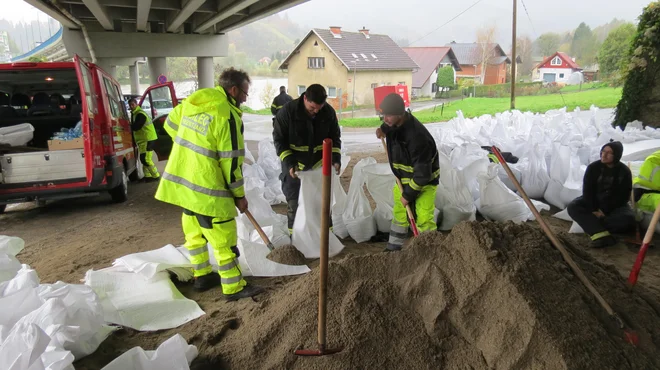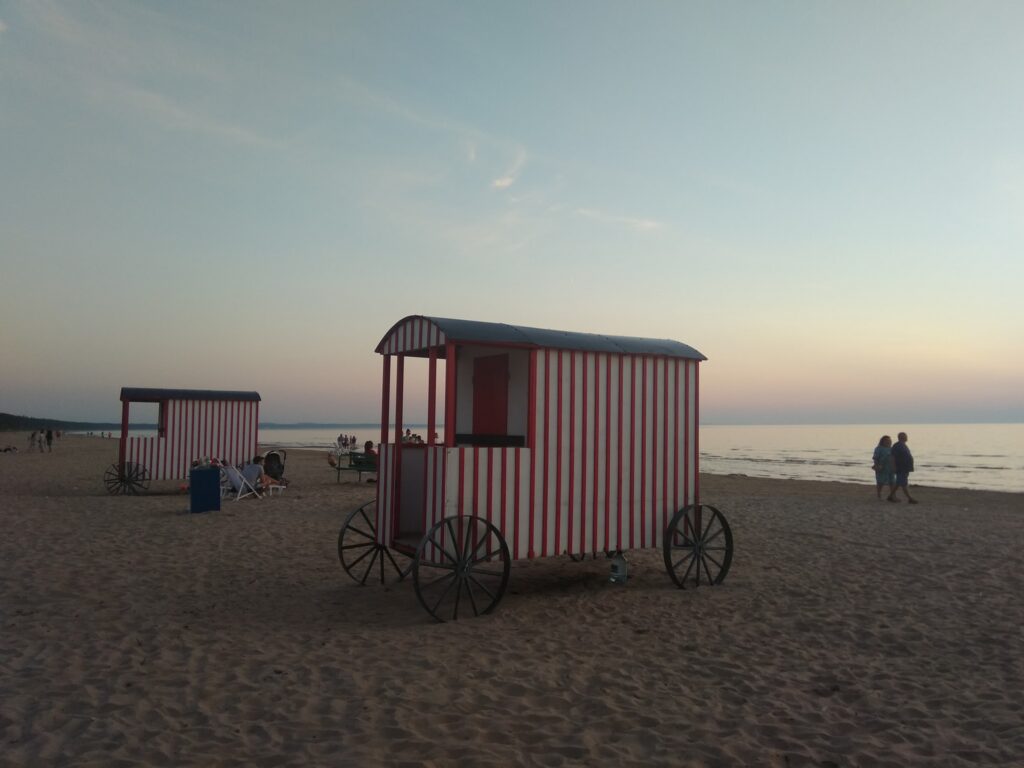Slovenia at the top of the EU accidents rankings

Natural disasters are becoming more and more frequent and intense, which is a direct consequence of the heating of the planet. Climate change affects the rise of extreme weather phenomena, such as strong storms, heat waves, drought, floods and forest fires. It is in 2023 that Slovenia has been affected by one of the worst series of floods in recent decades, which have caused extensive damage to infrastructure and homes and showed how crucial is timely and effective readiness for such events.
These catastrophic conditions have reiterated the necessity of preventative measures and clear plans for accidents. The competent institutions, in this experience, further strengthened the information systems and improved the coordination of intervention services, and the residents became more aware of the importance of personal readiness and voluntary work in responding to crisis. Slovenia is now ranked among countries with the highest accidents in the European Union, which is also confirmed by data from the Eurobarometer survey.
What factors have helped to make Slovenes feel better prepared than most Europeans? What role is their exposure to natural disasters and how do residents actually prepare for potential crisis situations? What still remains a challenge despite the high results? The research provides insight into the reasons for high standby levels and illuminate areas where there are still options for improvement.
Slovenia among the best
Slovenia ranks among the countries with the highest level of accidents in the European Union, which is confirmed by data from the Eurobarometer survey. According to a 2024 survey, 65 percent of Slovenes feel well prepared for accidents, which is the highest share of all Member States of the European Union. This is significantly more than the average of the European Union, which is 48 percent.
In 2023, Slovenia has been affected by one of the worst flood series in recent decades, which have caused extensive damage to infrastructure and homes and showed how crucial is timely and effective readiness for such events. Photo: Jože Suhadolnik/Work
One of the key reasons for a high level of readiness is the awareness of the population. As many as 84 percent of Slovenes state that they know how to act in the event of an accident, which is the highest share in the European Union, where the average is 59 percent.
The people of Slovenia most often rely on national media, which is the main source of information by 49 percent of the population, when finding accidents information. 36 percent of Slovenes use local or regional media, and 33 percent relies on information from family members and friends. Also important is the fact that Slovenians show a higher level of trust in official sources of information, as 87 percent of the population trust the public authorities and rescue services, which is well above the European average of 70 percent.
Voluntary work plays an important role in the willingness to read the accident, with Slovenia being very different from most European countries. 31 percent of Slovenes are involved in voluntary activities related to the risk reduction, which is the highest share in the European Union, where the average is only 11 percent. Much of this voluntary engagement is represented by voluntary firefighting societies that play a long tradition in Slovenia and an important role in managing natural disasters.
Slovenia lies in an area often exposed to natural disasters, which contributes to a higher level of residents. According to a survey, 32 percent of Slovenes believe that they are most exposed to floods, which is more than the average of the European Union, which is 26 percent. In addition, 21 percent of the population recognizes forest fires as a significant threat, which is slightly above the European average of 20 percent.

Slovenians are largely trusted by state and local authorities in managing accidents. According to a survey, 93 percent of the population trusts rescue services, which is one of the highest shares in the European Union. Photo: Mateja Kotnik
Extreme weather events also pose an important risk, as 46 percent of Slovenes recognize them as a danger, which is much more than the average of the European Union, which is 38 percent. Such weather conditions include strong storms, snowstorms and heat waves, which have become increasingly common in recent years.
Preventive measures and personal readiness
Slovenians not only trust the institutions, but also implement many personal preventative measures that increase their readiness for crisis. The survey found that it has in Slovenia:
– 59 percent of households at home lamps or candles, which is much more than the European average of 46 percent.
– 56 percent of the population keep a home pharmacy for emergencies, while the European average is 34 percent.
– 49 percent of households have food and drink supplies, which is 36 percent more than the European average.
– 36 percent of Slovenes use a battery radio device that allows you to monitor information in the event of electricity failure, while the average in the European Union is only 14 percent.
Confidence in institutions and the efficiency of responding
Slovenians are largely trusted by state and local authorities in managing accidents. According to a survey, 93 percent of the population trusts rescue services, which is one of the highest shares in the European Union. By comparison, the European Union average is 81 percent. This means that the people of Slovenia respond faster and more efficiently to crisis situations, as they are ready to follow the recommendations and instructions of the competent institutions.
Areas for improvement
Although Slovenia achieves exceptional results in accidents, there are still areas where residents can improve their readiness. More than 65 percent of Slovenes believe that they need more information on how to prepare for accidents properly. This information shows that many people are still not sufficiently aware of evacuation plans, shelters locations and procedures for obtaining aid in crisis.

31 percent of Slovenes are involved in voluntary activities related to the risk reduction, which is the highest share in the European Union. Photo: Jože Suhadolnik/Work
The participation of residents in training and exercises organized by rescue services and civil protection could also increase. The research shows that the majority of the population knows theoretical measures for accidents, but many have never tried them into practice. Simulations of accidents and practical exercises could significantly contribute to a better response in actual crisis.
An additional problem is preparing for a longer crisis, as the research shows that many residents would be difficult to face multi -week disorders of water, electricity or food. Although most Slovenes keep the basic supplies of food and water for a few days, residents should also think about scenarios where disorders would be longer.
Slovenia is therefore one of the best prepared countries in the European Union, but has some more opportunities for improvement. Better notification of concrete steps in the event of different types of accidents, greater participation in practical exercises, and additional readiness for longer crisis conditions would further strengthen the safety and resistance of the population.








